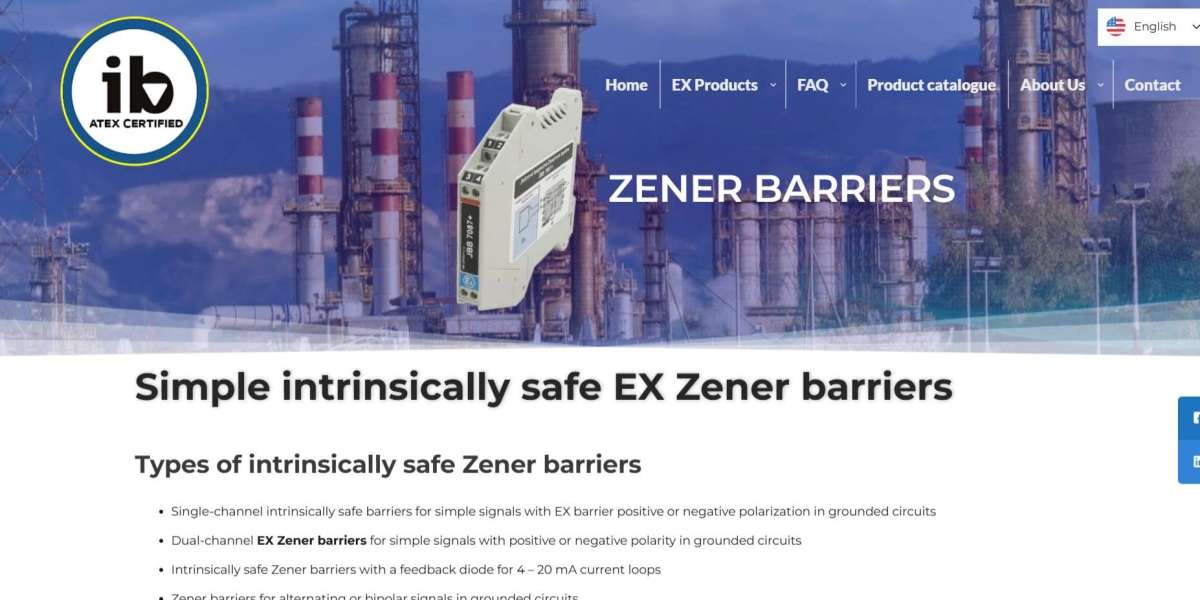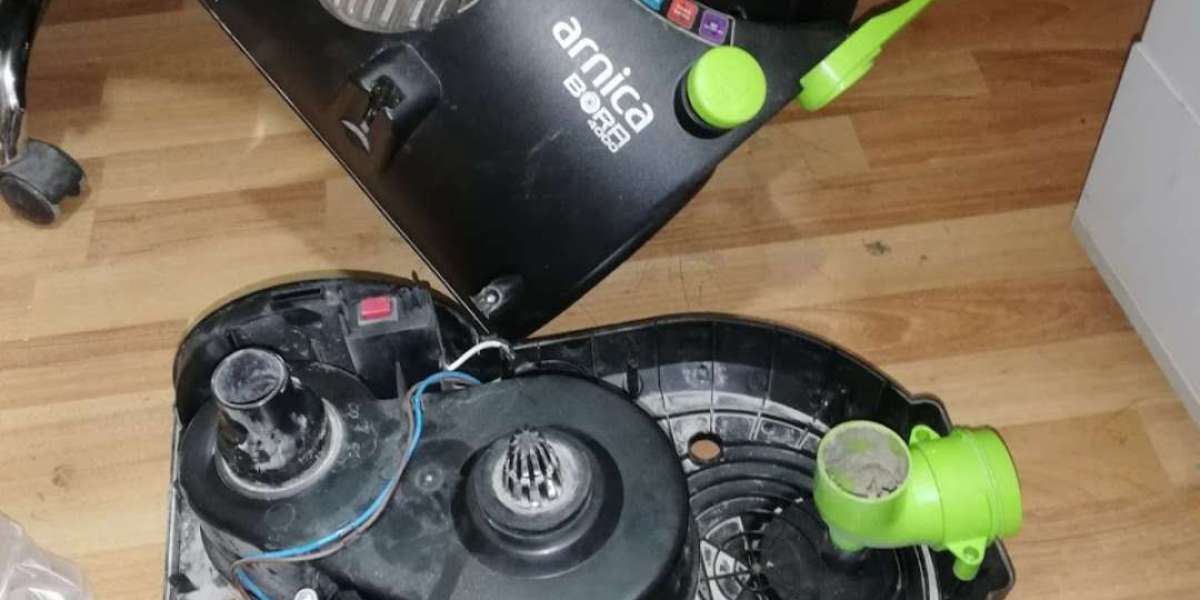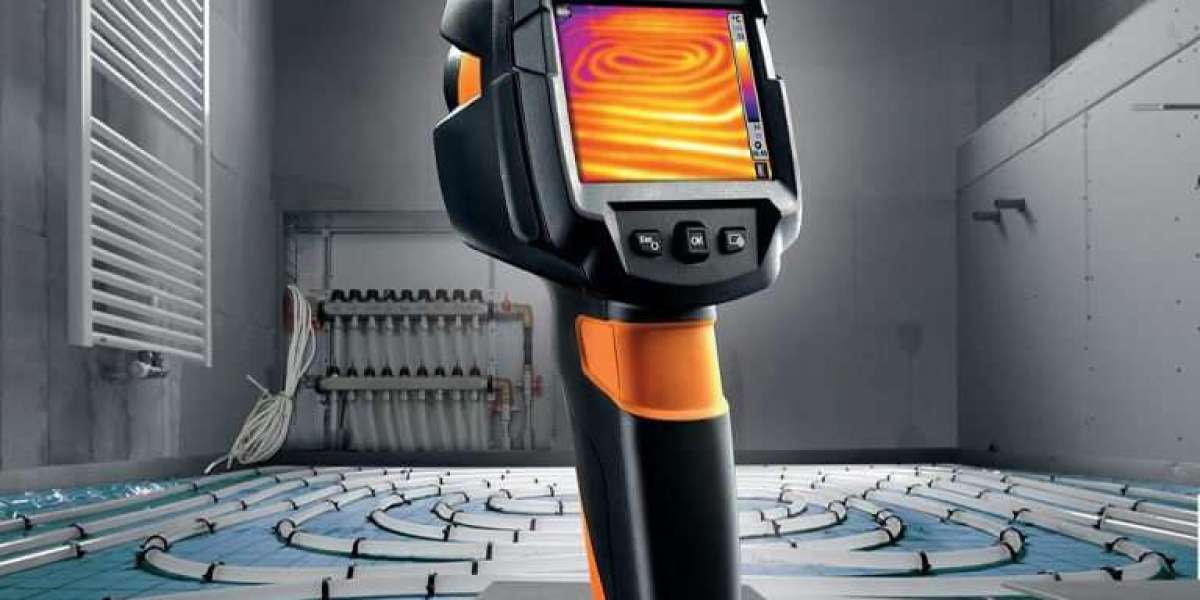Zener Barriers: Essential Protection for Explosion Hazard Zones
Zener barriers are crucial components in electrical systems operating in hazardous environments. These intrinsically safe devices limit the energy that can enter potentially explosive areas, ensuring safety by preventing sparks or excessive heat that could ignite flammable substances. They play a vital role in industries such as oil and gas, chemical processing, and mining, where safety regulations require stringent explosion protection measures.
How Zener Barriers Work
Zener barriers function by restricting voltage and current flow using Zener diodes, resistors, and fuses. When an excessive voltage occurs, the Zener diode diverts the excess energy to the ground, thereby preventing dangerous energy levels from reaching the hazardous area. A fuse provides an additional layer of protection by disconnecting the circuit in case of high current surges, while resistors help in limiting the current to a safe level.
Types of Intrinsically Safe Zener Barriers
There are several types of Zener barriers, each designed to meet specific industrial needs. The selection of the appropriate barrier depends on the application, circuit requirements, and safety regulations.
Single-Channel Zener Barriers
Single-channel Zener barriers are designed for simple signal transmissions, either with positive or negative polarization in grounded circuits. These barriers are commonly used for transmitting basic sensor signals, such as temperature and pressure readings, in hazardous zones. Their simplicity makes them cost-effective and easy to implement in safety-critical environments.
Dual-Channel Zener Barriers
Dual-channel Zener barriers provide an additional layer of safety and functionality. They allow two independent signals to be transmitted while maintaining intrinsic safety in explosive atmospheres. These barriers are ideal for applications where multiple signal paths need to be protected within the same circuit, reducing the need for additional hardware and wiring.
Zener Barriers with Feedback Diodes
Zener barriers equipped with feedback diodes are specifically designed for 4–20 mA current loop systems. These barriers enable precise signal transmission while ensuring that excess energy is safely diverted. This type of barrier is commonly used in industrial automation, process control, and instrumentation, where maintaining signal integrity is essential.
Zener Barriers for Alternating or Bipolar Signals
Certain applications require barriers capable of handling alternating current (AC) or bipolar signals. These barriers are designed to allow bidirectional signal transmission while maintaining intrinsic safety. They are particularly useful in systems where both positive and negative signals need to be processed without compromising explosion protection.
Zener Barriers with Star Connection
For complex electrical networks, Zener barriers with a star connection configuration offer enhanced safety and reliability. This setup allows multiple devices to be connected to a common grounding point while ensuring that each circuit remains intrinsically safe. This type of barrier is widely used in process industries where multiple instruments and control systems need to operate safely in hazardous environments.
Applications of Zener Barriers
Zener barriers are extensively used in various industries to ensure safe signal transmission and energy limitation in explosive zones. Some common applications include:
· Oil and Gas Industry: Used in monitoring and control systems for drilling, refining, and storage operations.
· Chemical Processing: Essential for maintaining safe electrical operations in plants dealing with flammable chemicals and gases.
· Pharmaceutical Manufacturing: Ensures intrinsically safe operation of automated production lines and quality control instruments.
· Mining Industry: Protects electrical circuits used in underground operations where explosive gases and dust are present.
Installation and Grounding Requirements
Proper installation and grounding are critical for the effective operation of Zener barriers. The barriers must be correctly grounded to ensure that excess voltage is safely dissipated. According to industry standards, the grounding resistance (R) should be less than 1 Ohm to maintain optimal safety. Failure to meet grounding requirements can compromise the intrinsic safety of the system and lead to hazardous conditions.
Choosing the Right Zener Barrier
Selecting the appropriate Zener barrier depends on several factors, including:
· Voltage and Current Ratings: Ensuring compatibility with the electrical system.
· Number of Channels: Determining whether single or dual-channel barriers are required.
· Signal Type: Considering whether the application requires unidirectional or bidirectional signal transmission.
· Environmental Conditions: Evaluating temperature, humidity, and potential exposure to corrosive substances.








